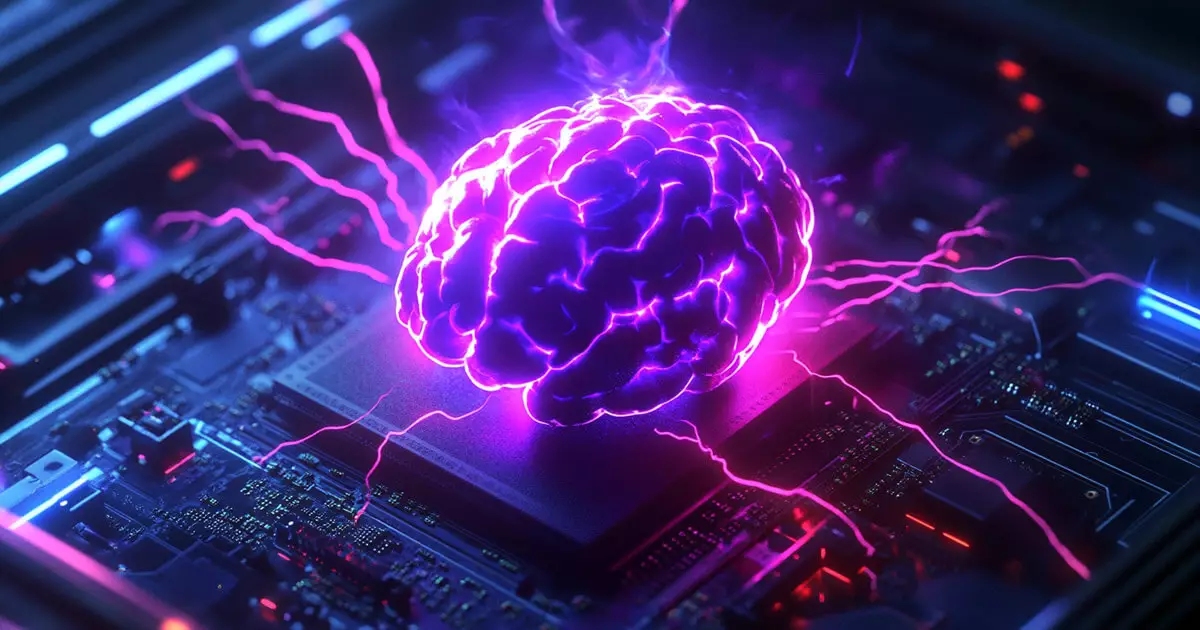In recent years, a distinct shift has emerged among Generation Z traders, challenging traditional notions of hand-on, emotion-driven decision-making. While older generations tend to rely on fundamental analysis or detailed charting, a significant portion of Gen Z is turning to artificial intelligence not just as a tool, but as a strategic partner. This is a telling sign of how technological innovation is redefining the landscape of retail trading — and more critically, how this demographic perceives risk and emotional control. From a broader vantage point, this shift isn’t simply about embracing new technology but signifies a deliberate movement towards disciplined, data-driven trading that counters the irrational impulsiveness often associated with markets.
What stands out most starkly from recent data is the proactive engagement of young traders with AI tools, with over 67% of traders aged 18 to 27 using at least one AI-driven strategy or bot within a narrow three-month window. The embrace of these automated systems suggests a desire for a balanced approach that reduces the psychological toll of volatile markets. Unlike their predecessors, Gen Z traders appear to view AI as an essential buffer against panic selling, a vulnerability that has historically led to poor decision-making during sudden market downturns. This cognitive recalibration points to a more mature, disciplined outlook — one in which technology is harnessed to build resilience rather than replace human judgment entirely.
Strategic Control Over Emotional Impulses: The New Trading Paradigm
The engagement statistics tell an even more compelling story about how Gen Z perceives automation in trading. Rather than passively letting bots run unchecked, these traders typically turn AI on only during periods of high volatility — about 73% of the time — and switch it off during quieter periods. This indicates a nuanced understanding: automation isn’t about relinquishing all control but about empowering strategic decision-making under stress. They recognize that emotions, when left unchecked, can lead to destructive reactions. Thus, the use of AI becomes a form of psychological armor, allowing them to step back and evaluate markets more objectively.
Importantly, their interaction with AI signals demonstrates a sophisticated level of engagement. Checking signals 2.4 times more often than traditional indicators reveals a mindset that values machine analysis as the core input into trading decisions. In turbulent markets, when speed and accuracy are critical, Gen Z traders are opting for automated signals over manual calculations. It’s not about abdication of control but about optimizing decision-making processes. By leveraging structured stop-losses and take-profit points, they are actively constructing boundaries that safeguard their investments, embodying a hybrid approach that blends human oversight with machine efficiency.
Automation as a Form of Modern Discipline
The broader implications of this trend resonate beyond individual profit or loss. It signifies a generational shift towards understanding that markets are unpredictable, and emotional reactions often compound losses. AI becomes a tool of disciplined control rather than recklessness, fostering an environment where profits are managed through structured automation instead of impulsive reactions. This evolution aligns with mainstream conservative ideas about risk management: leveraging technology to mitigate downside exposure, enforce rules, and avoid the pitfalls of greed or fear.
Compared to older cohorts, Millennials and Gen X traders still prefer more manual, thesis-driven approaches. Their cautiousness around high-volatility periods—only 7% of Gen X and 22% of Millennials use AI during such times—demonstrates a perceptible generational divide. While older traders cling to manual oversight, younger traders demonstrate a willingness to delegate control selectively, choosing moments of turmoil to activate AI and safeguard their portfolios. Such behavior echoes patterns found in gaming and social media: a desire for autonomy with the ability to toggle control depending on circumstances.
Looking forward, this trend is poised to reshape the future of trading, with projections indicating that over 80% of Gen Z traders will fully integrate AI into every phase of portfolio management by 2028. Such a future heralds a new era where automation is not marginal but central to amateur and professional strategies alike. The remarkable projected growth of the AI trading platform market, expected to surge past $70 billion by 2034, underscores how critical this technological evolution will be. For center-right liberal thinkers, this shift nods to a pragmatic acceptance of innovation—using technology to promote resilience and informed decision-making without relinquishing personal responsibility.
In sum, the rise of AI in Gen Z trading signals a broader societal movement toward disciplined, technology-supported strategy over impulsive, emotion-driven reactions. The young generation’s embrace of automation as both shield and sword reflects an evolving view of financial markets — one where strategic control, not blind reliance, defines success. If current trends hold, the future of trading will be characterized not by chaos but by calculated, AI-powered resilience.
















Leave a Reply